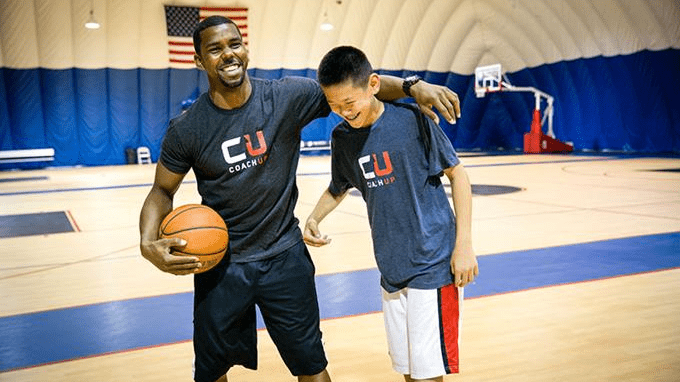Building genuine relationships with players is the best way to gain trust in your leadership as a coach. No matter how talented an athlete, or what level they are playing at, slumps—both mental and physical—will creep up. In those times of adversity when a player is struggling to believe in themselves, or has wavered in their confidence on the field, the real life relationships that you have with them is what you can lean on to lead them through their struggles.
Often times as fans of professional sports we overlook the intangible factors of team composition—What is the energy in the locker room like? How well do the players all get along? Does everyone believe in the coach? etc.—and simply focus on the product that teams put on the field. Over the past few weeks, a couple of perfect examples have surfaced in the NFL that show exactly how important it is for a coach to have relationships with each of their players. Particularly the leaders of their team.
Look at how Stefon Diggs drops his shoulders & puts his head into Sean McDermott’s shoulder. X’s & O’s matter. Game management matters. And so does being able to connect with your players & truly lead them#BillsMafia #Bills #GoBills
— Anthony Cover 1 (@Pro__Ant) November 21, 2022
pic.twitter.com/ryaXKP6rN9
In this first example, Sean McDermott, head coach of the Buffalo Bills, was seen embracing star wide receiver Stefon Diggs on the sideline during a game. Diggs had been struggling to get open that afternoon, and appears to have gone to his coach to air out frustration. McDermott, rather than telling him to do better, embraced his player and talked him through the moment. You can see Diggs take a deep breath and than drop his head onto McDermott’s shoulder. It is obvious that the two are completely comfortable with one another, and in a moment of strife, chose to be vulnerable and collaborative rather than confrontational. It’s impossible to connect with every single player on a deeply personal level, but this is an example of chemistry that all coaches should strive for.
Below is another example. This one, in the form of a story from Miami Dolphins quarterback Tua Tagovailoa and Head Coach Mike McDaniel.
"Do I suck?"
— NFL on CBS 🏈 (@NFLonCBS) November 28, 2022
It's a question that Tua Tagovailoa consistently asked himself last season.
An incredible report from @AKinkhabwala on Sunday. pic.twitter.com/v2U1TeNpWv
The pressure of playing quarterback in the NFL is different from any experience that one can have while coaching youth sports, but young athletes are fully capable of building up pressure on themselves as well. The Dolphins quarterback had a rough first couple of seasons as a pro, and was honestly unsure if he belonged in the league. It wasn’t until his new head coach, Mike McDaniel, showed up this year that he started to believe in himself. McDaniel’s job of taking over and turning around a struggling franchise is a task far easier said than done. His decision to make a concerted effort to convince his quarterback to believe in himself helped him build a trusting relationship with his new QB, and created an opportunity for the team to form a new identity and succeed immediately.

How to build relationships between a coach and player
The examples above are obviously taken from team environments, but the same sentiment of building genuine relationships with athletes can be made in the context of personal or private training as well. It may even be more valuable in that sense. Forming genuine relationships with the athletes you train will help to make the job of teaching far more simple. Setting yourself apart as a coach can be done simply through getting to know the athletes you work with on a personal level—understanding the way they work or their specific needs as a learner—and opening the door to honest and open dialogue throughout training sessions.
How useful was this post?
Click on a star to rate it!
Average rating 4 / 5. Vote count: 1
No votes so far! Be the first to rate this post.




